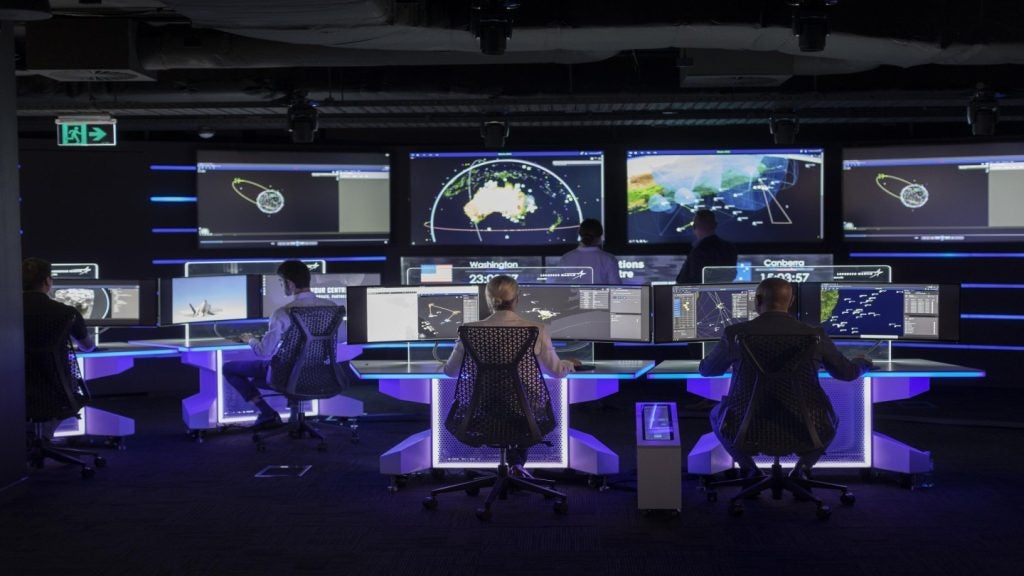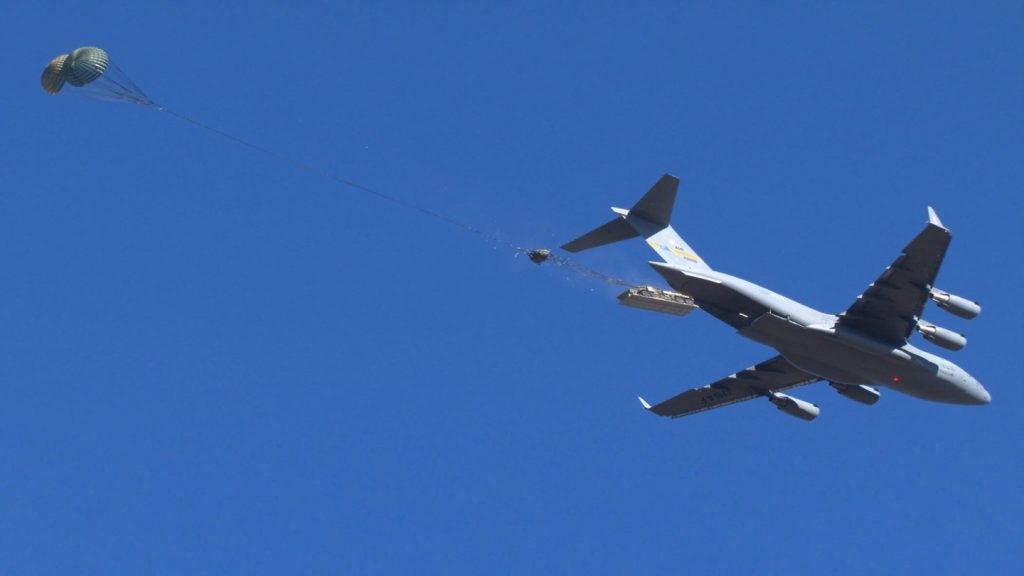The annual Combined Joint Atlantic Serpent 2018 exercise (Ex CJAS 18) has concluded at the Army Medical Services Training Centre (AMSTC) in Strensall, York, UK.
Ex CJAS 18 involves regular and reserve personnel from the Defence Medical Services (DMS).
This year’s two-week deployed hospital care exercise witnessed participation from 250 medical personnel, including 60 members from the US, Canada, Germany, Norway and Estonia.
The objective of the multinational exercise is to increase interoperability between international forces by providing joint training opportunities so that they deliver the highest standards of medical care when on operations.
Estonian National Defence College anaesthetist captain Reinhard said: “Deploying such a large hospital allowed the planners to include additional capabilities that would not normally be exercised in this environment. Some examples included a primary health care, an aeromedical support unit and a critical care in the air support team.”
UK reserve personnel were seen in action at the collective training event, deployed from 205 Field Hospital and 256 Field Hospital, as well as from 612 and 4626 Squadrons from the Royal Axillary Air Force.
How well do you really know your competitors?
Access the most comprehensive Company Profiles on the market, powered by GlobalData. Save hours of research. Gain competitive edge.

Thank you!
Your download email will arrive shortly
Not ready to buy yet? Download a free sample
We are confident about the unique quality of our Company Profiles. However, we want you to make the most beneficial decision for your business, so we offer a free sample that you can download by submitting the below form
By GlobalDataSeveral regular DMS personnel also took part in the exercise, which involved a combined joint task force scenario with a four-day assessment phase.
The phase assessed the hospital command team, which switched to combat missions from supporting counter-insurgency.
RAF Halton provided 20 students awaiting trade training (SATT) to the exercise. These individuals engaged in providing casualties for the hospital personnel, enabling simulation of the joint operation scenario.
SATT junior non-commissioned officer corporal Rourke said: “The success of Ex CJAS 18 will encourage future development of the concept, allowing UK personnel to increase their exposure to other nations’ clinical capabilities and some of the more unusual disciplines that are not common within the UK.”





